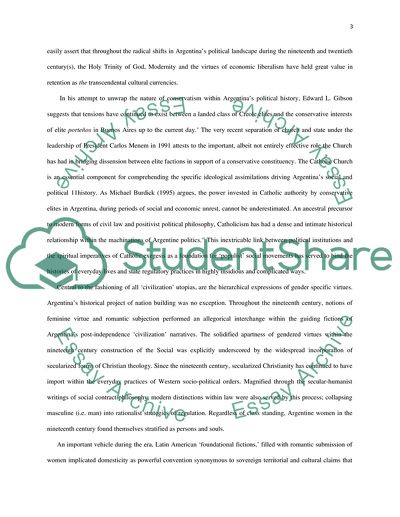Cite this document
(Modernist Argentina Coursework Example | Topics and Well Written Essays - 1750 words, n.d.)
Modernist Argentina Coursework Example | Topics and Well Written Essays - 1750 words. https://studentshare.org/culture/1566005-colonialism-and-culture-in-latin-america
Modernist Argentina Coursework Example | Topics and Well Written Essays - 1750 words. https://studentshare.org/culture/1566005-colonialism-and-culture-in-latin-america
(Modernist Argentina Coursework Example | Topics and Well Written Essays - 1750 Words)
Modernist Argentina Coursework Example | Topics and Well Written Essays - 1750 Words. https://studentshare.org/culture/1566005-colonialism-and-culture-in-latin-america.
Modernist Argentina Coursework Example | Topics and Well Written Essays - 1750 Words. https://studentshare.org/culture/1566005-colonialism-and-culture-in-latin-america.
“Modernist Argentina Coursework Example | Topics and Well Written Essays - 1750 Words”. https://studentshare.org/culture/1566005-colonialism-and-culture-in-latin-america.


